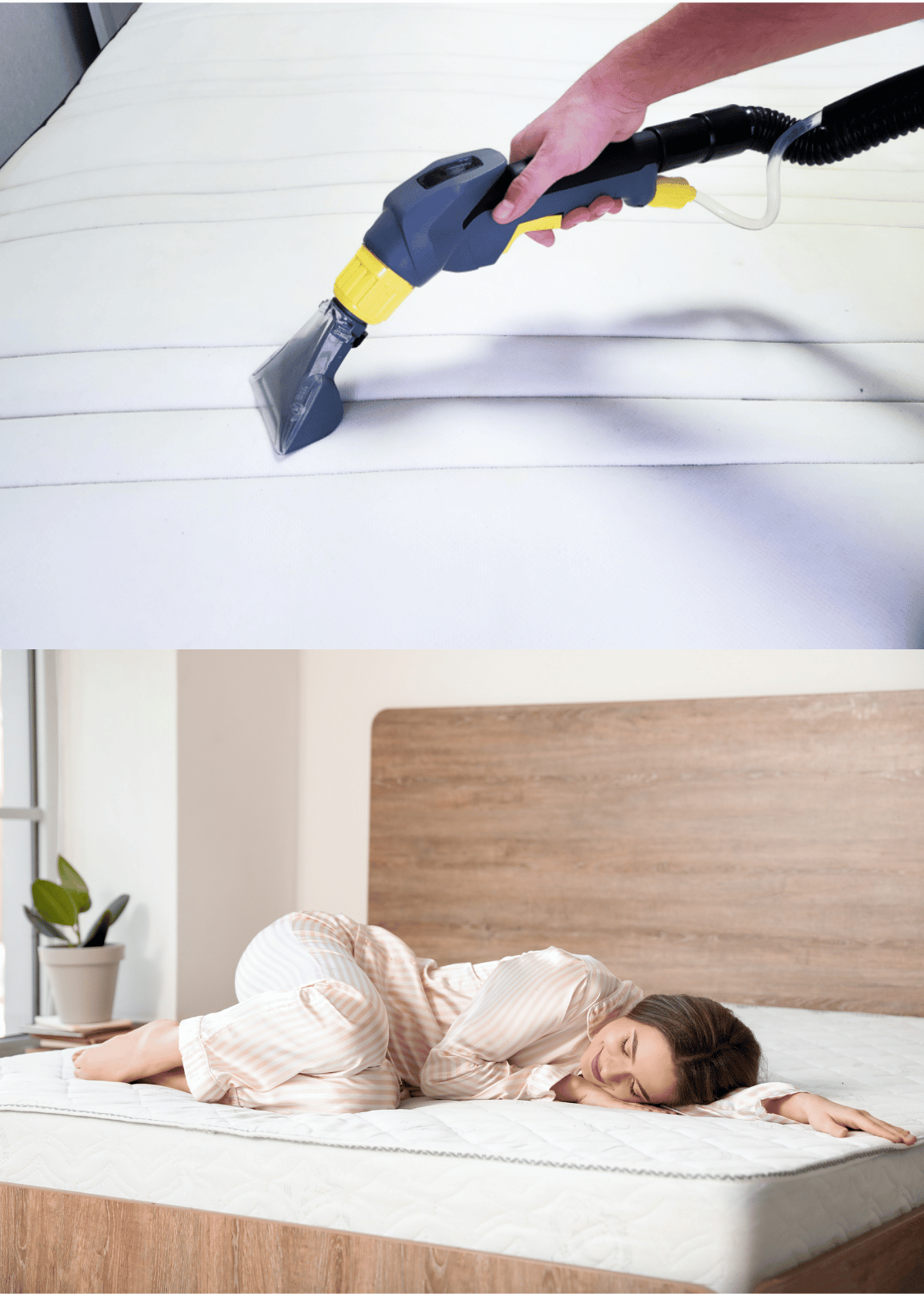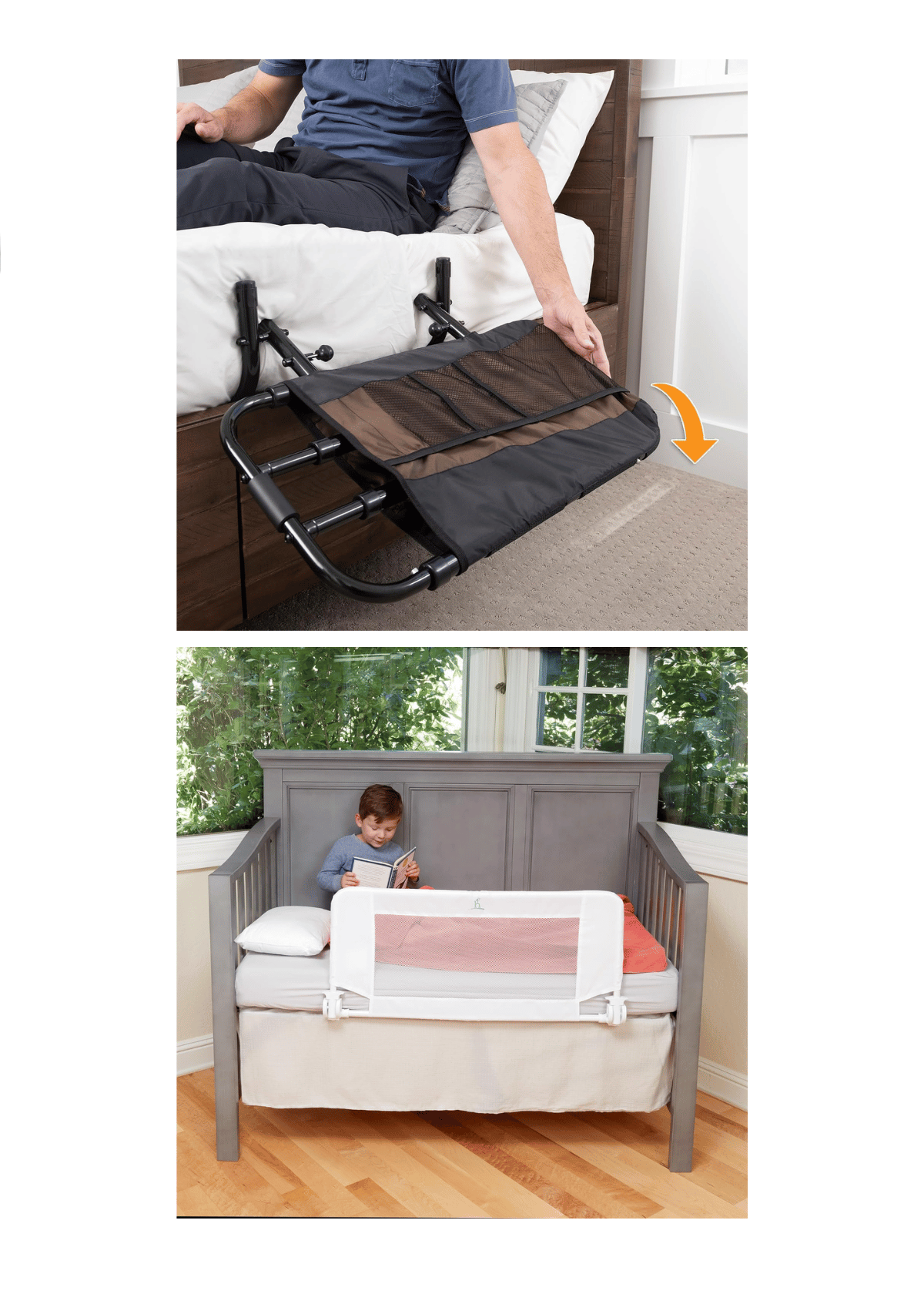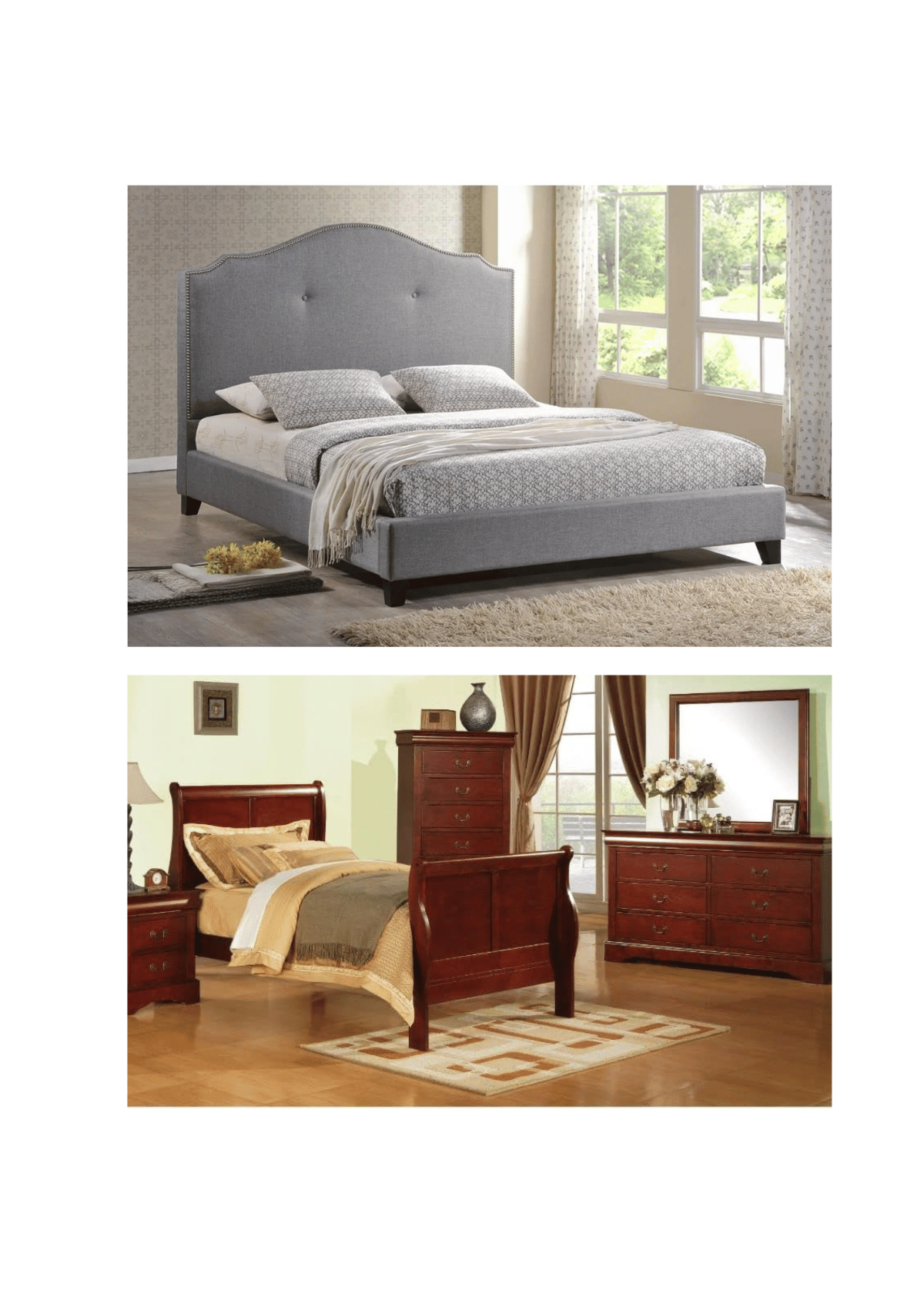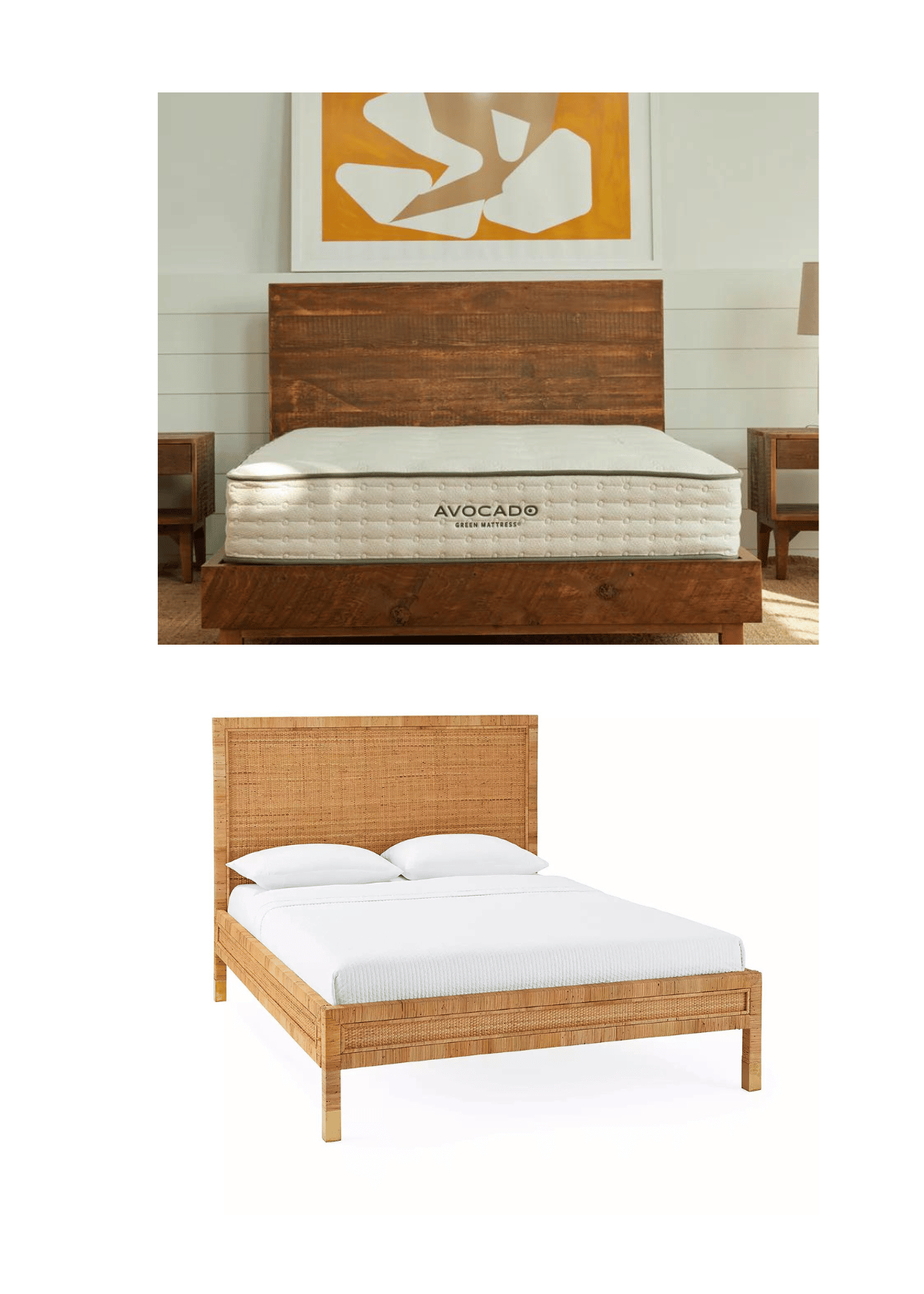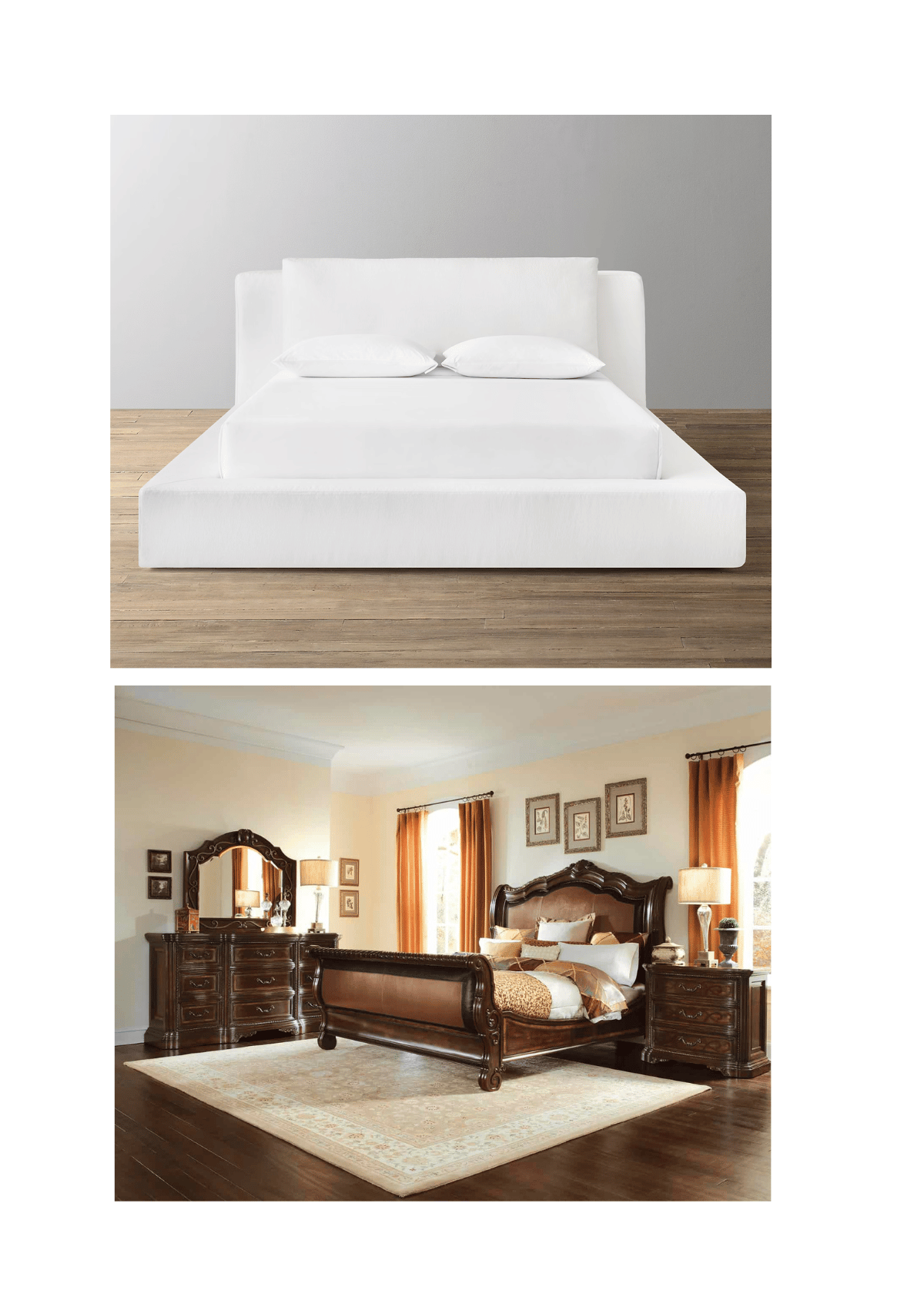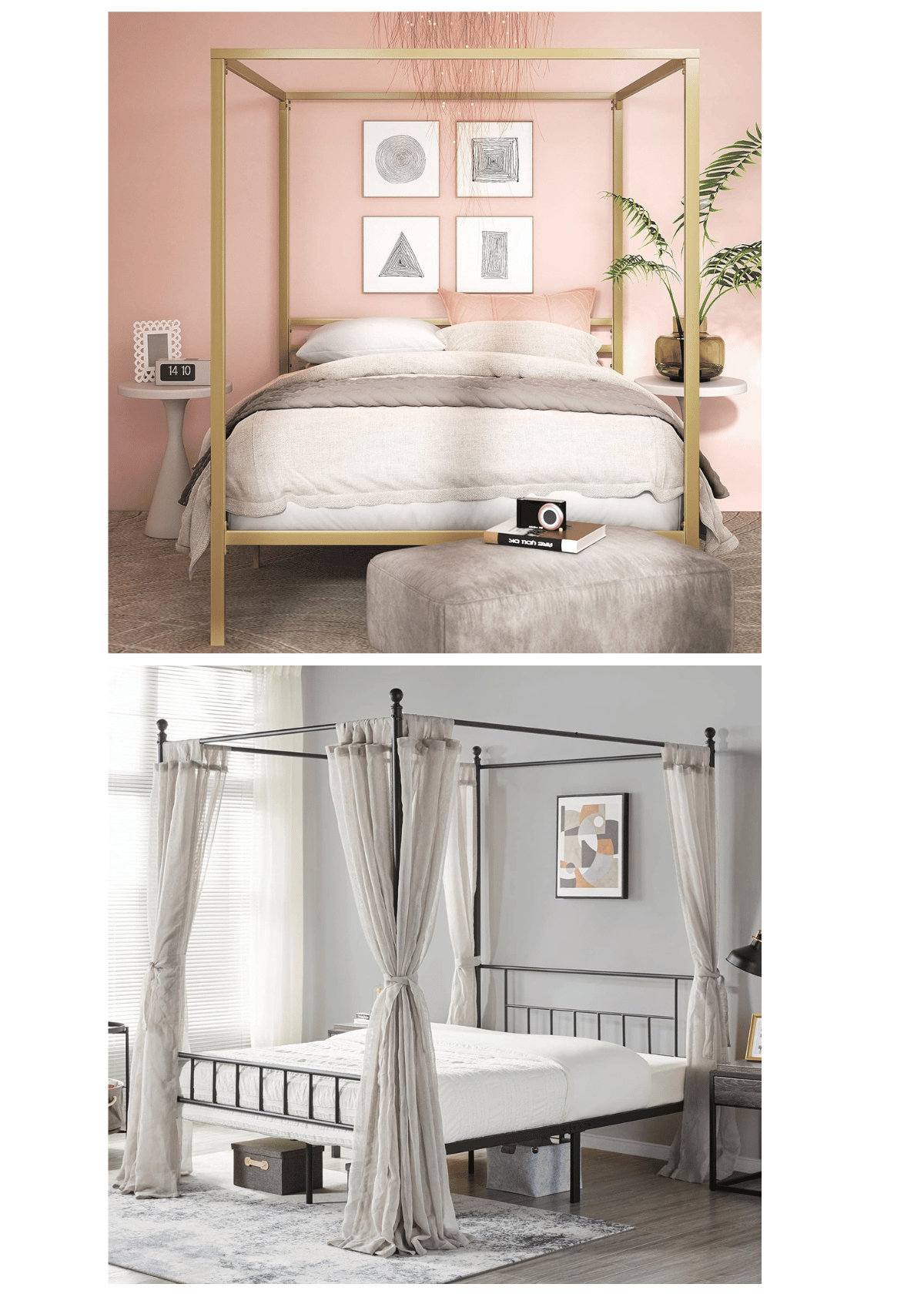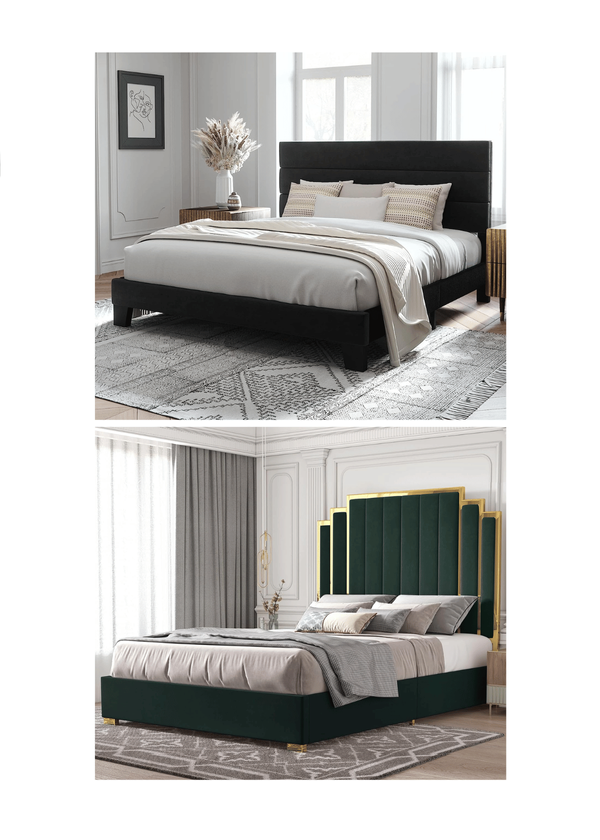(Last Update: 04/08/2025)
Are you looking to extend the life of your mattress and get the most out of your investment?
As someone who spends about 33% of her life sleeping, I understand the importance of a durable mattress.
A good-quality mattress promotes better sleep and enhances overall health.
In this article, I'll share expert tips and techniques for maximizing your mattress's lifespan and ensuring years of comfort and support.
Let's dive in and discover how to keep your bed in top condition!

Understanding Mattress Longevity
Knowing a mattress's typical lifespan and the factors influencing average longevity is crucial. On average, mattresses last 7 to 10 years, depending on material quality, construction, maintenance, and environmental factors.
- Higher-quality mattresses last longer, while proper cleaning, regular rotation, and fitted mattress protectors can extend durability.
By understanding these factors, you can make informed decisions when purchasing a new mattress and implement appropriate maintenance practices to extend the life of your mattress.

Choosing a Durable Mattress
Consider these factors for long-lasting bedding: Quality Materials and Construction.
Opt for memory foam, latex, or individually wrapped coil mattresses that resist sagging and maintain extra support. This will allow you to find a bed with the firmness level you desire and proper body support.

Mattress Maintenance and Care
Appropriate and quality Mattress care and maintenance are vital for extending its lifespan. Follow these essential tips:
Cleaning, Vacuuming, and Deodorizing Mattress Regularly:
You can remove dust and debris by vacuuming your bed. You can also wipe it down with a clean towel to keep it stain-free. Eliminate odors with baking soda. You should also rotate and Flip the bed: distribute mattress layers and wear by rotating foam beds twice a year.

Using a Mattress Protector or Protector:
Invest in quality, fitted mattress protectors to protect against spills, stains, food particles, and dust mites and extend the lifespan of your mattress. A quality mattress cover can also keep your bedding cool and comfortable and make changing it easier.
Be Aware of Bed Bugs:
Regularly inspect for signs of bed bugs like dark spots or exoskeletons to prevent infestation and bedding damage.
Proper Bed Frame and Foundation
The right bed frame and a solid foundation will play a crucial role in maintaining your mattress's durability and proper support. Consider the following factors when selecting these components:
Matching the Mattress with a Suitable Frame:
Could you make sure your bed is compatible with the frame of your bed? Different types of mattresses may have specific requirements.
- For example, memory foam mattresses often work best with a solid platform, while innerspring mattresses may require a frame with sturdy support and adequate airflow.
Spring and innerspring mattresses typically last longer if you use a quality mattress protector, rotate them every six months, and immediately spot-clean stains, spills, and stains. You should also avoid jumping on your bedding and keep pets off it.
Using a Supportive Foundation or Box Spring:
A supportive foundation or box spring can enhance the lifespan of your bed. These components provide proper support and help distribute weight evenly, preventing sagging and ensuring optimal comfort.
Mattress Placement and Environment
Creating the right environment for your bedding is essential for its longevity. Consider the following factors when it comes to your bed type and placement:
Ideal Room Temperature and Humidity Levels: Maintaining an ideal room temperature and humidity level is crucial for preserving the integrity of your bed. Aim for a temperature between 60-67°F (15 and 19°C) and 40 to 50% humidity.
Avoiding Direct Sunlight and Moisture Exposure: Exposing your bedding to direct sunlight can cause fading, drying out of materials, and potential damage.

Mattress toppers
Mattress toppers can shield the quality mattress from daily wear and tear, reducing the need for frequent replacements. They distribute weight evenly, preventing sagging and extending the mattress's lifespan. Additionally, they can add a layer of comfort, enhancing sleep quality and reducing pressure points.
Healthy Sleep Hygiene Practices
To keep your mattress clean and healthy sleep location, follow these practices:
Regularly Washing Bedding and Linens:
Dry thoroughly before placing the fitted sheet back on the mattress. Wash bedding and linens regularly to keep them clean.
This helps remove dust, allergens, and sweat accumulating on bed sheets.
Wash your sheets, pillowcases, and blankets in hot water to kill bacteria and dust mites, and dry them thoroughly before placing them back on the bed.

No More Monkeys Jumping on the Bed!:
Discourage rough play or jumping to avoid mattress damage. It is best to have pets in their designated beds. Please provide pets with their beds to prevent your pet's hair, dander, shed hair, and accidents from compromising bed cleanliness.
Another practice is to avoid eating in bed. This would prevent spills, stains, bugs, and pests by reserving the bed for sleeping and refraining from eating in it.
Two Tips to enhance comfort and support:
Using a quality Mattress pad or mattress Topper: To alleviate pressure points, customize your bed or sleeping surface with cushioning and support from toppers or pads, such as memory foam or latex.
Adjusting Pillows:
Please make sure you've chosen the right pillow that supports your head, neck, and shoulders based on your sleeping position.
Sleep Positions:
You can find the ideal mattress type and sleeping position to maximize bed comfort and support. Back sleepers benefit from medium firmness, side sleepers prefer softer bed surfaces, and stomach sleepers need firmer mattresses.

- Take a look at these reliable tips to extend your existing mattress's life. High-end mattresses, especially those made from memory foam or natural latex, can endure weight-bearing stress better than a traditional mattress.
Using mattress pads can protect against skin oils and extend the lifespan of your bed. Regularly rotating your mattress evens out body weight distribution, preventing wear in one spot.
Please ensure everyone has designated beds to avoid undue stress on a single mattress.
Combining these practices with proper care of existing bedding, like using a fitted sheet, contributes to a longer-lasting mattress and consistently good night's sleep, delaying the need for a new bed sooner than expected.
Addressing Common Mattress Issues
Over time, even when worn out, mattresses may face sagging, odors, bodily oils, and allergens. Tips for maintaining a clean and comfortable sleeping and mattress surface are:
Dealing with Sagging or Indentations:
- Rotate or flip your mattress to distribute weight evenly.

Handling Mattress Odors or Allergens:
Remove the bedding to air out the bed. Sprinkle baking soda on it, let it sit, and then vacuum. Airing your bedding removes moisture and reduces excess moisture buildup, which can prevent mold and odors.
Follow the Owner's Manual:
Refer to manufacturer instructions for proper care. Maximize mattress life span with recommended maintenance.
Regular Mattress Inspections
I want to remind you that regular inspection of your bedding is essential to ensure its longevity and performance. Check for signs of wear and tear, such as sagging, lumps, or visible damage to wood slats or other types of equipment.
Also, please consider the need for a professional inspection, especially if you notice significant issues or have concerns about its condition. A professional inspection can guide you on whether repairs or replacements are necessary.
When to Replace Your Mattress
Knowing when to replace your bed is crucial for maintaining a comfortable and supportive sleeping surface. Look out for the following signs indicating worn-out bedding:
Are There Visible Wear and Tear?
Check for sagging, lumps, or indentations that affect support and comfort. These issues can lead to restless sleep and body aches.
Is There a Lack of Support?
It may be time for a replacement if you no longer feel properly supported on your bed. Proper spinal alignment and pressure point relief are essential for a restful sleep experience.
Is the Bedding Causing Allergies or Asthma Symptoms?
An old mattress can accumulate allergens like dust mites, dead skin cells, and mold, triggering allergies or asthma symptoms. Increased sneezing, congestion, or breathing difficulties in bed may indicate needing a new mattress.
Age: Most mattresses last 7 to 10 years. If your bed's lifespan is nearing or exceeding this range, consider a replacement, even if there are no obvious signs of wear.

Conclusion
Extending the life of your mattress is essential for comfortable sleep and overall well-being.
By following the tips and techniques I have discussed, you can maximize the durability and performance of your older mattress.
A quality mattress ensures restful sleep, so take proactive measures such as regular cleaning, using a high-quality mattress protector, and promptly addressing issues.
Remember to rotate and flip the bed, maintain a healthier sleep environment, and practice good sleep hygiene.
Prioritizing your bed's longevity will help you enjoy years of quality sleep and maximize your investment.
Frequently Asked Questions
How to Keep Your Mattress in Good Shape Longer?
How long your mattress lasts depends on keeping it in good shape, using a mattress protector, and regularly rotating it properly. Also, please don't jump on the bed and keep pets away. You'll enjoy a comfortable and durable sleeping surface by maintaining your bed.
How Long Do Mattresses Last?
The average lifespan of a mattress is typically between 7 to 10 years. However, this can vary depending on quality, usage, and maintenance. Proper care and regular inspections can help maximize the longevity of your bed.
Do toppers make your mattress last longer?
Yes, toppers can prolong the life of your mattress and keep it in tip-top shape. They provide an extra cushioning layer and protection, reducing wear and tear. Adding a mattress protector or topper can enhance comfort and support while prolonging the longevity of your bedding.
Do box springs make your mattress last longer?
Box springs can help your mattress last longer by distributing weight evenly. They also absorb shock and reduce wear and tear, ensuring your bed stays in good shape for longer.

